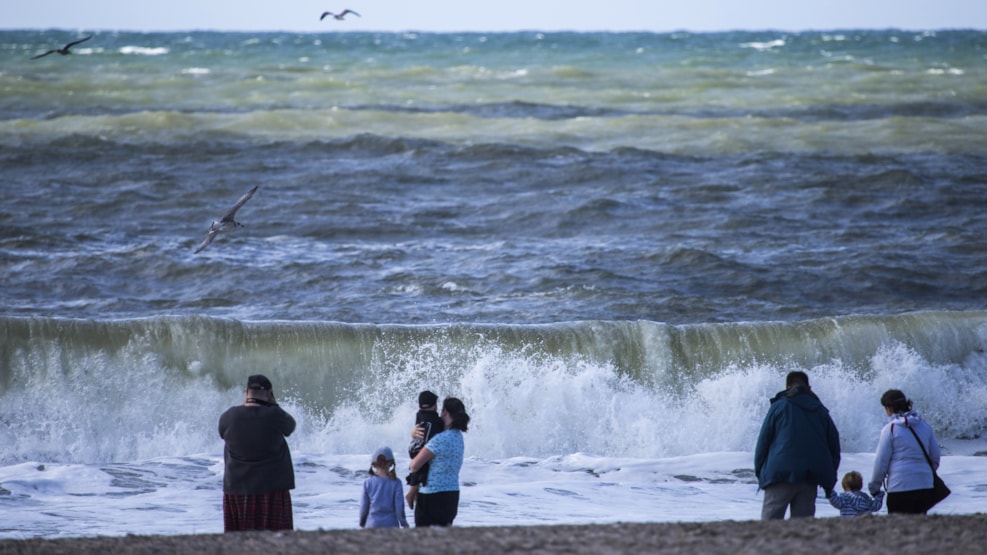
Amber Treasure Hunt at the North Sea
Go search for amber at the West Coast and feel the rush from the North Sea.
Amber is called "the gold of the Nordic countries" and not without reason. Legend has it that during the Bronze Age people were convinced that amber was not only beautiful, but also had healing powers. Back then, amber was a precious commodity.
In Denmark, amber was previously a religious symbol, and in China one still believes that amber has magical properties that provide life energy and have a calming effect.
Amber has been used for jewellery for thousands of years. The beautiful yellowish and cognac-colored shades can be used for many ornaments, but amber can be rough and matte, or clear and shiny.
Amber comes from our subsoil. It is petrified resin with more than 40 million years old.
Amber emerges on the beach when a storm has shaken up the seabed. It is easiest to find amber one to two days after a storm when there is offshore wind, since the undercurrent then has transported the light amber right onto the beach from the North Sea.
It is easiest to find amber in autumn and winter. Amber is often associated with seaweed.
Once you find something you think can be amber, you can test it out that amber is lighter and warmer to mark than stone. It has a softer sound than stones if you gently knock it against a tooth.